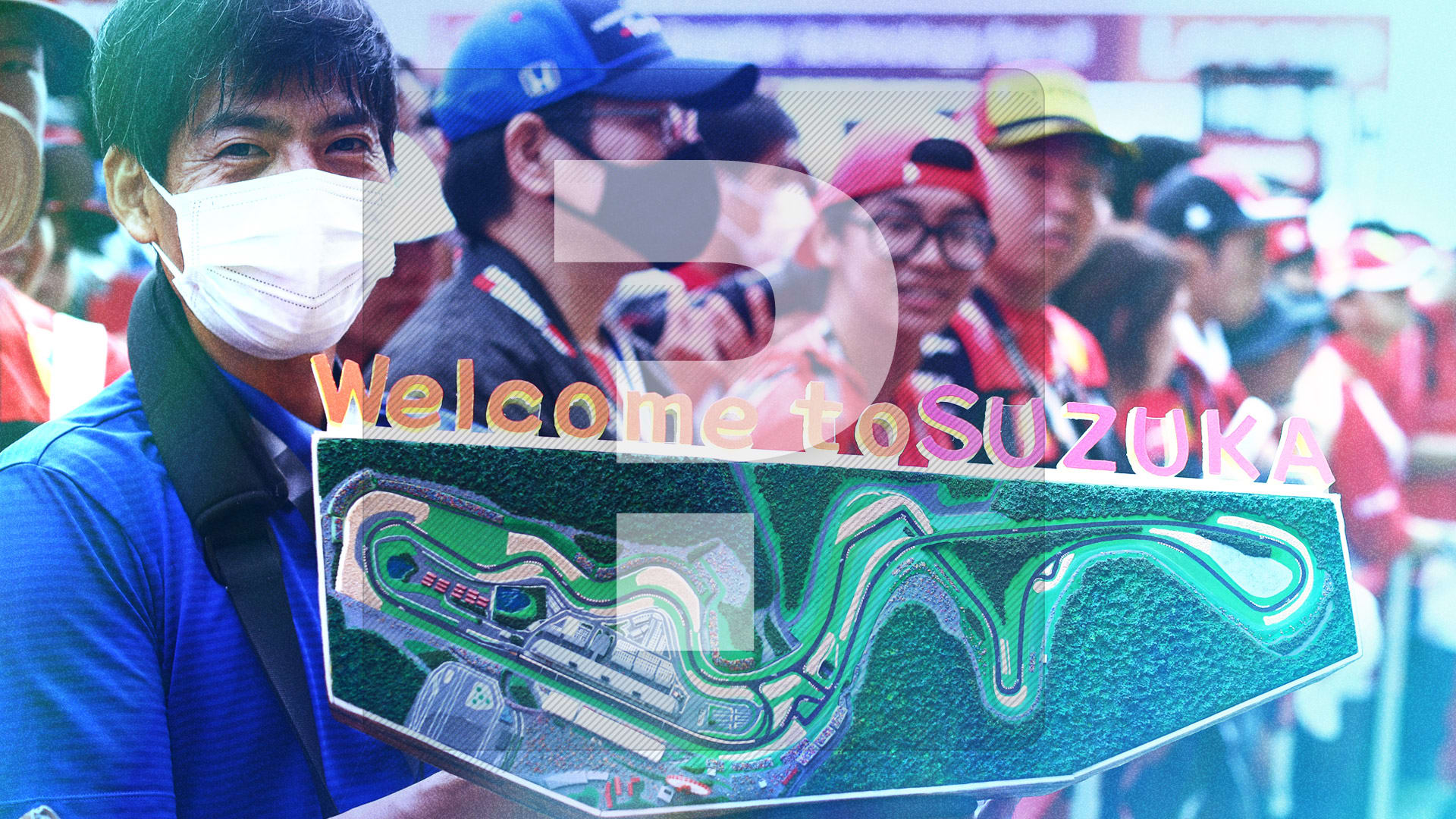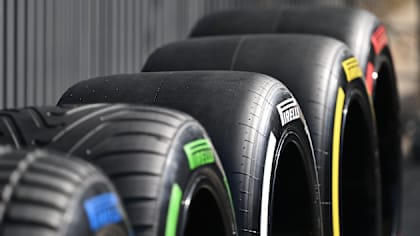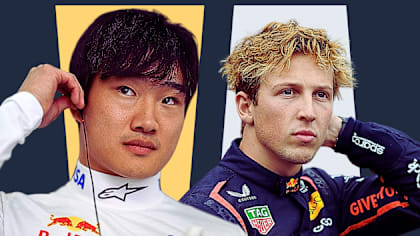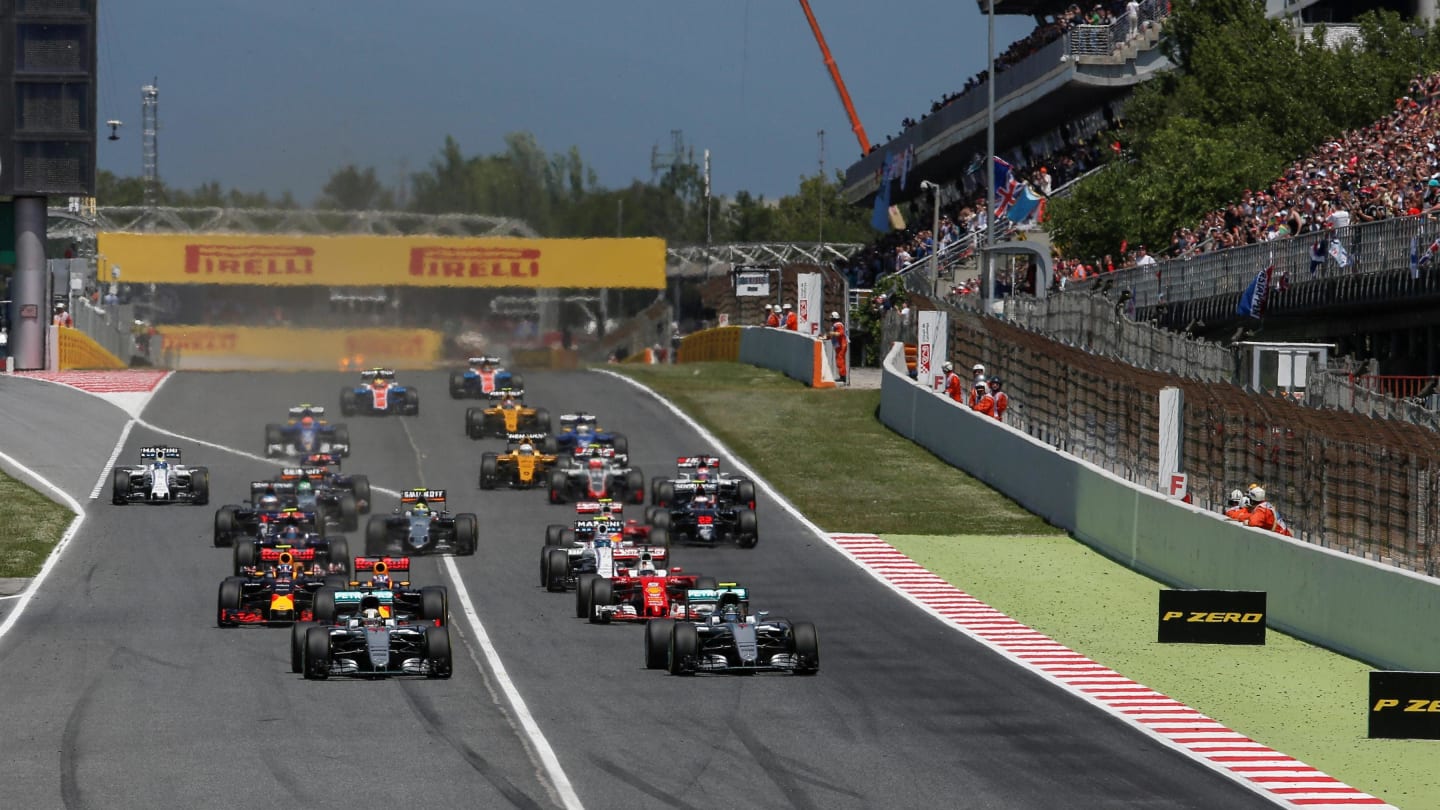
News
FIA and Formula 1 set out clear direction for 2021 F1 power units
Share

Formula 1 and governing body the FIA have laid out proposals for the next generation of F1 power units (PU), with improved noise, reduced cost, and a more level playing field among the key objectives.
“We’ve carefully listened to what the fans think about the current PU and what they would like to see in the near future, with the objective to define a set of regulations which will provide a powertrain that is simpler, cheaper and noisier and will create the conditions to facilitate new manufacturers to enter Formula 1 as powertrain suppliers and to reach a more levelled field in the sport,” said Ross Brawn, F1’s MD, Motorsports.
“The new F1 has the target to be the world’s leading global sports competition married to state of the art technology. To excite, engage, and awe fans of all ages but to do so in a sustainable manner. We believe that the future power unit will achieve this.”
The overall framework for the 2021 power unit definition will be published by the FIA at the end of 2017, though design and development will not be possible until all information is released at the end of next year, thus ensuring manufacturers continue to work on the current specification unit.
In the meantime, the FIA and F1 will also work with the teams to establish power unit test and development restrictions as well as other cost containment measures.
“The 2021 power unit is an example of the future way the FIA as regulators, F1 as commercial right holders, the teams and the manufacturers as stakeholders will work together for the common good of the sport,” continued Brawn.
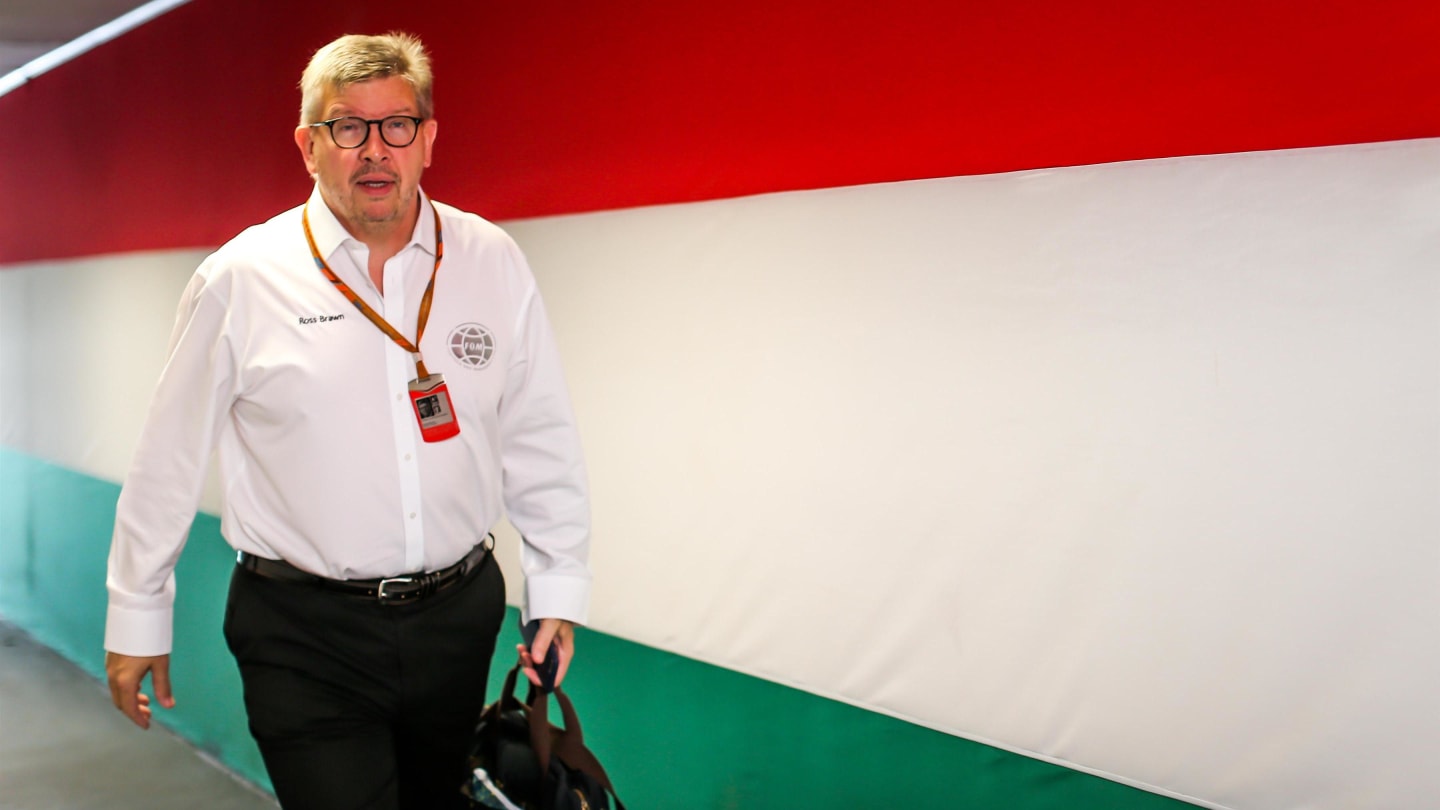
"Excite, engage, and awe fans of all ages but to do so in a sustainable manner" - Ross Brawn on F1's target
The key features of the proposals presented to manufacturer representatives at Tuesday's meeting:
- 1.6 Litre, V6 Turbo Hybrid
- 3000rpm higher engine running speed range to improve the sound
- Prescriptive internal design parameters to restrict development costs and discourage extreme designs and running conditions
- Removal of the MGUH
- More powerful MGUK with focus on manual driver deployment in race together with option to save up energy over several laps to give a driver controlled tactical element to racing
- Single turbo with dimensional constraints and weight limits
- Standard energy store and control electronics
- High Level of external prescriptive design to give ‘Plug-And-Play’ engine/chassis/transmission swap capability
- Intention to investigate tighter fuel regulations and limits on number of fuels used
“Today was a key step in the development of the Power Unit regulations for 2021," added Peter Bayer, FIA Secretary-General for Sport. "The FIA has been working with the Commercial Rights Holder to define a positive step forward for these regulations which maintain Formula One’s place at the pinnacle of motor sport technology whilst addressing the key issues facing the sport such as cost, road relevance and fan experience at the racetrack. We felt it was important to bring the teams into the discussions today and explain the direction we are taking and I’m pleased with the response we have received.”
In the spirit of the widest possible cooperation, a series of meetings will now commence with all the interested parties to discuss and develop the proposals.
YOU MIGHT ALSO LIKE
Podcast F1 EXPLAINS: What it’s like to be an F1 team boss – with McLaren’s Zak Brown live in the paddock
News What tyres will the teams and drivers have for the 2025 Japanese Grand Prix?
OpinionF1 Unlocked JACQUES: Tsunoda’s Red Bull promotion is a deserved reward – but Lawson needs to take inspiration from Gasly and Albon
Interview EXCLUSIVE: Perez reveals talks with ‘a few’ teams as he hints at possible F1 return
